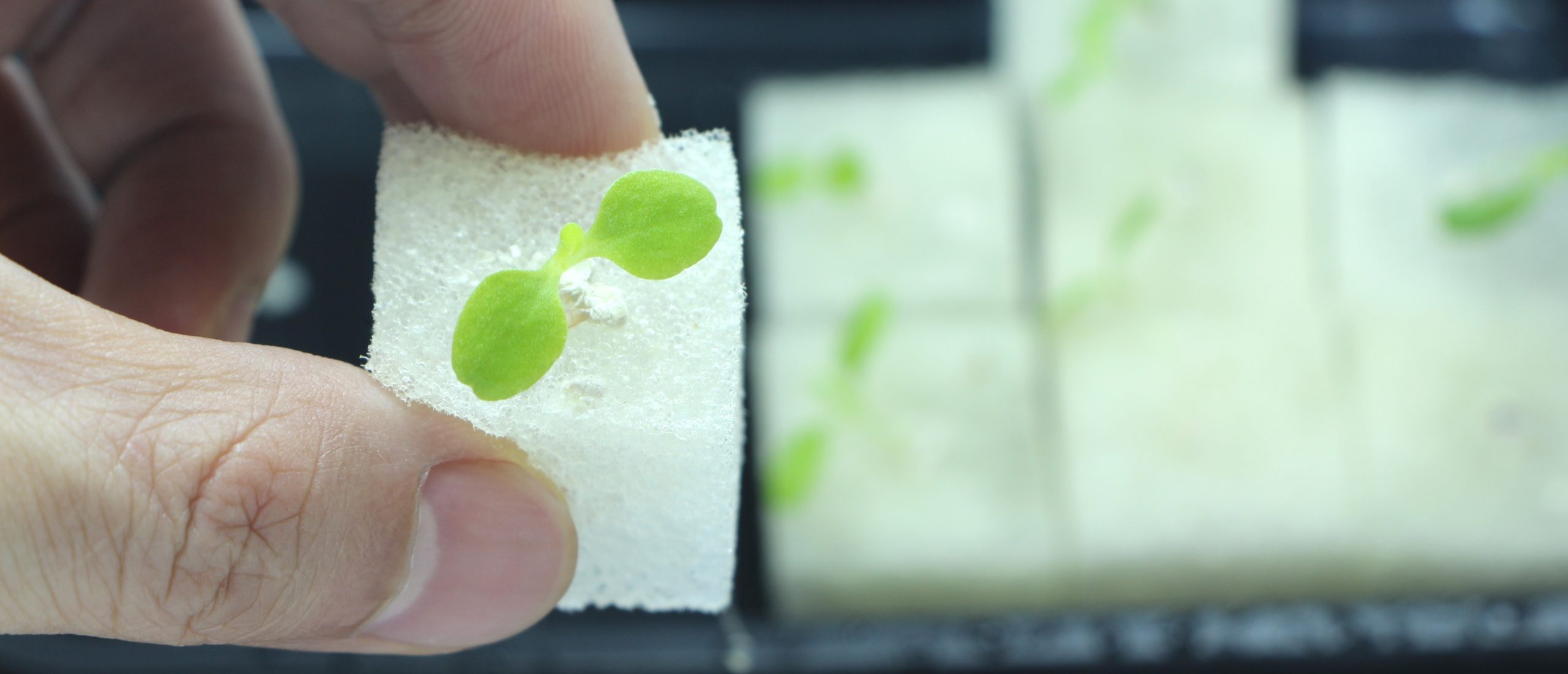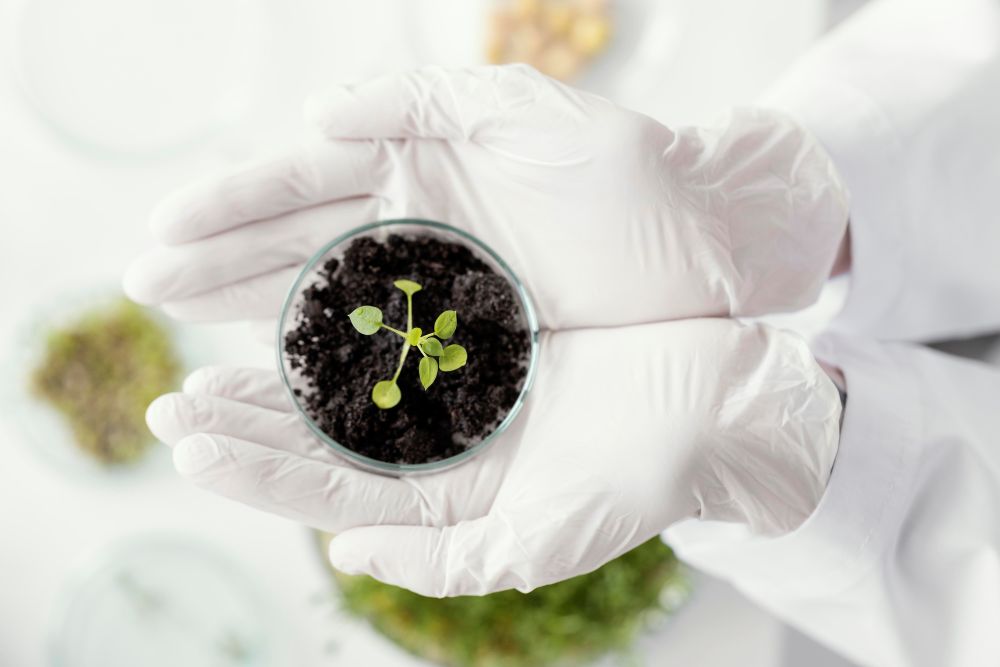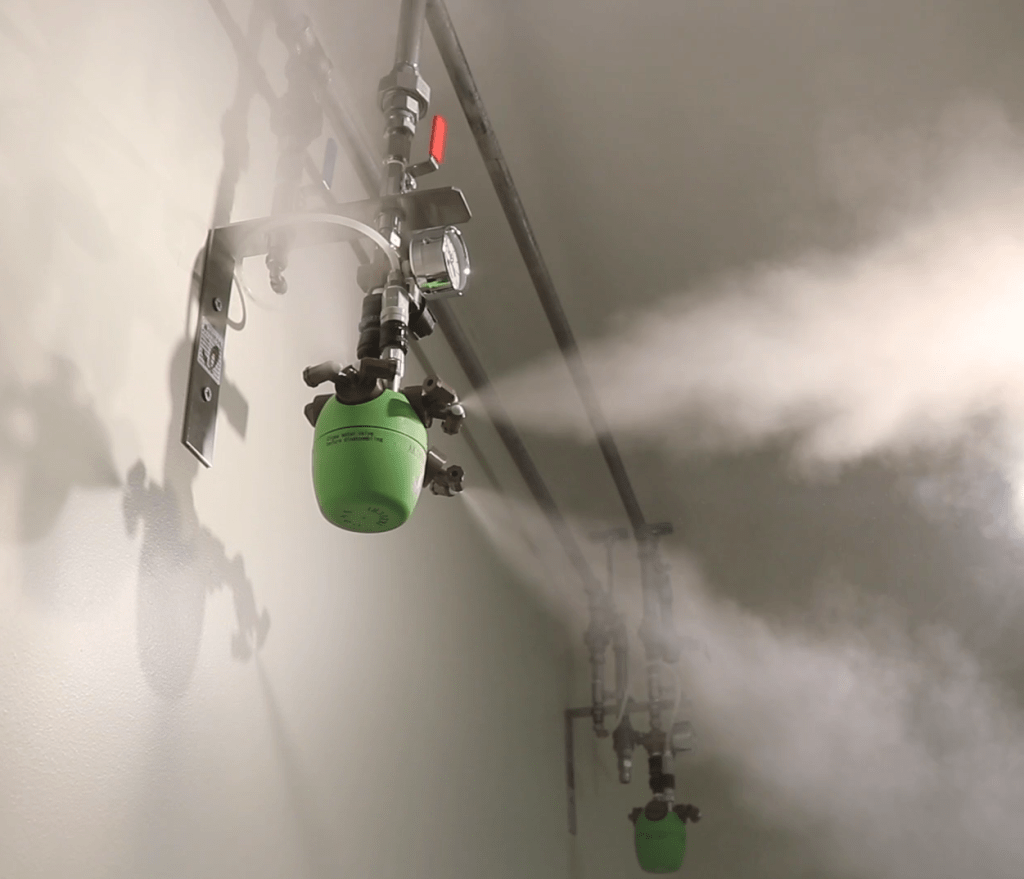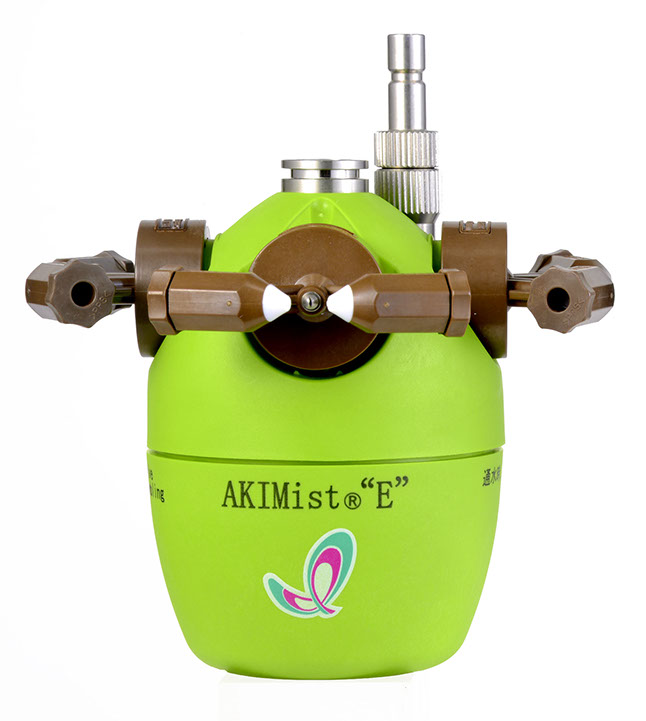June 26, 2025
Humidity control for tissue cultivation

Humidity control is of utmost importance in tissue cultivation as a high humidity level enhances the growth of the tissue and prevents water loss and desiccation. In addition, tissue culture requires a sterile and controlled environment in order to prevent diseases from spreading to the entire batch.
How does humidity affect tissue cultivation?
Tissue culture plants are grown in a laboratory setting, which makes them more fragile and sensitive to the environment. However, the advantage is that the climate can be controlled more easily.
Plants grown by tissue culture, are known for being highly sensitive to water loss. This is because the young plants grown in tissue culture do not yet have the protective layers (such as cuticles and working stomata) which mature plants have. By adding humidity control to the laboratory, water loss can be prevented, as higher relative humidity prevents transpiration. The reduction in transpiration allows tissue culture plants to conserve moisture, and thereby grow faster and more robust.
What is the required humidity level for tissue cultivation?
Tissue culture generally requires a very high humidity level to prosper and to prevent transpiration. A relative humidity level around 85-95% should be maintained in order to enhance the growth of the tissue culture plants. However, once the plants have grown large and strong enough to reach the acclimatization stage, the humidity level should also be lowered to around 65-75%.

How can humidity control enhance the sterile environment of a tissue culture lab?
Tissue culture plants are sensitive to diseases due to their fragile starting point. If a single plant is susceptible to disease in the lab, the entire batch will be susceptible to the same disease. This makes it important to maintain a sterile environment around the tissue culture. A high level of humidity can help to prevent the spread of disease and bacteria as the small droplets suppress the contaminated droplets to the ground. Therefore, humidification control reduces the spread and the risk of transmission.
AKIMist® Dry Fog humidification for tissue cultivation
AKIMist® is a Japanese invention which can produce droplets so tiny as around 7.5μm due to its unique impingement nozzle. This way, the humidification level can easily be controlled without causing droplets or condense on the tissue culture plants. Due to an automatic sensor system, the humidity level can easily be set for the level fitting for the current growing stage of the tissue culture plants. In addition, AKIMist is so compact (5 inch) that it can easily fit in a tight growing room, or a room with a low ceiling construction.


Advantages of AKIMist® Dry Fog Humidifier
- Non-wetting (7.5 µm)
- Energy-efficient (80% less energy)
- Reliable humidity control
- No condensation on plants
- Easy to install
- Little maintenance
- Compact
- Cost-efficient
- Dust suppression
